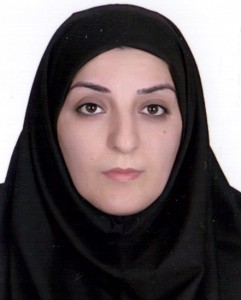 All of the manuscripts, stone-inscriptions, coins, metal plates, potteries, clothes, carpets and other historical objects not only have aesthetic values, but also manifest the culture and civilization of the corresponding nation and country.
All of the manuscripts, stone-inscriptions, coins, metal plates, potteries, clothes, carpets and other historical objects not only have aesthetic values, but also manifest the culture and civilization of the corresponding nation and country.
Inscriptions were written by ancient artists on different objects such as, stones, coins, metals and plates to leave behind historical documents about religious beliefs, social movements and many other subjects.
Unfortunately, many of the historical reports that were written by the rulers and kings of the time tended usually to have many political intentions attached. Often the works show inaccurate reports and modifications of the real stories and events.
The ancient narrators of history reported events like wars, famines and changes in law. But, over course of history there were so many victories and defeats, it is difficult to systematically fit all events together in their correct place. So, most of the works left behind by the historical narrators are subject to their own social and religious changes. Documents like the historical inscriptions and ancient coins release the identity of the ancient societies and solve many of the questions investigated by the contemporary researchers.
Inscriptions that were either written on portable cultural chattels (such as coins and potteries) or non-portable cultural chattels (such as historical buildings) complete our knowledge by removing our historical doubts in a scientific manner.
The art of ancient and contemporary calligraphy show a strong and inseparable conjunction with the cultural changes of countries and nations. This glorious art has an especially important role in highlighting the efflorescence of the different kinds of art that have been done by different civilizations, particularly in countries located in the Central and Western areas of Asia and North of Africa.
Seyed Mohamad Vahid Mousavi Jazayeri is a master of calligraphy techniques, who is a capable astute researcher. His love and interest in the art has promoted and encouraged many other researchers and people who are interested in this very specialist art form. In this series of books you can see the results of his continuous years of researchers, which were completed by him and his faithful research team. The contents of this book extend upon his former artistic pieces [his calligraphic manuscripts and potteries] and earlier publications. I hope the readers enjoy the books as much as I do, as they provide inspiration for further thought.
— Fatemeh Danesh Yazdi is the author of the book, Islamic Inscriptions of Yazd
